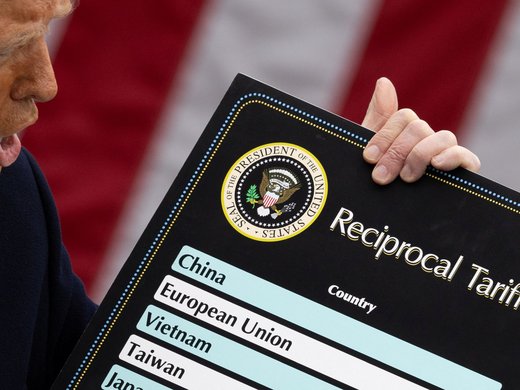Now that the Canada-European Union Comprehensive Economic and Trade Agreement (CETA) has been signed the ratification process can proceed. The trade agreement is expected to come into force sometime in 2017. Immediately, business firms will be able to take advantage of the elimination of tariff lines on a large number of goods traded between Canada and the European Union (EU). However, there are a number of obstacles to trade and investment that will remain, notably those related to standards, rules, regulations and procedures. Differences and duplications between Canada and the European Union on such issues represent transaction costs for Canadian (European) firms doing or wanting to do business with or in the European Union (Canada). Therefore, both parties will have to work hard to reduce, if not eliminate, these obstacles once CETA comes into force. To do so in an effective and timely manner will require not only a strong commitment at all levels of government on both sides of the Atlantic, but also an extensive institutional architecture.


